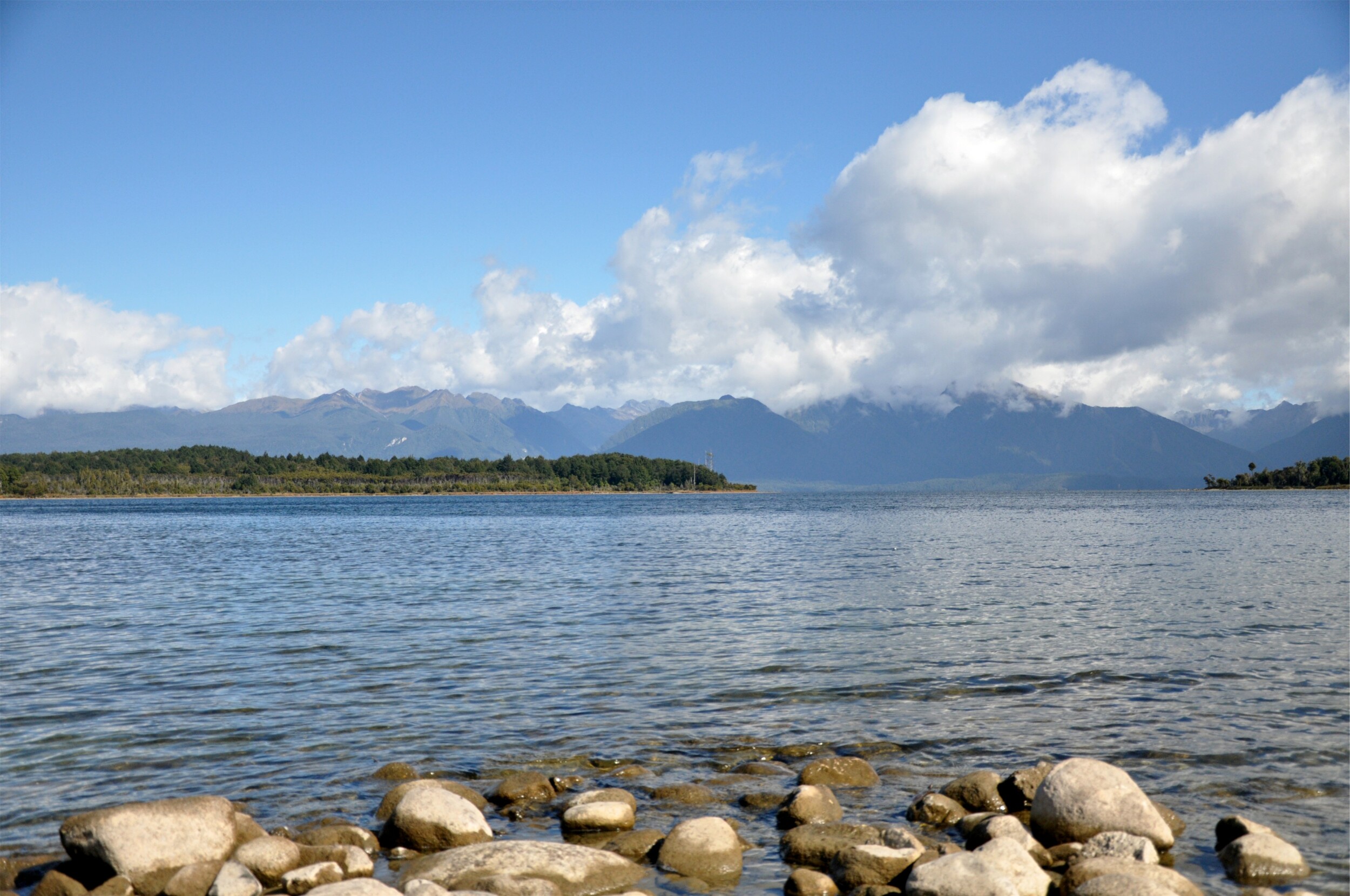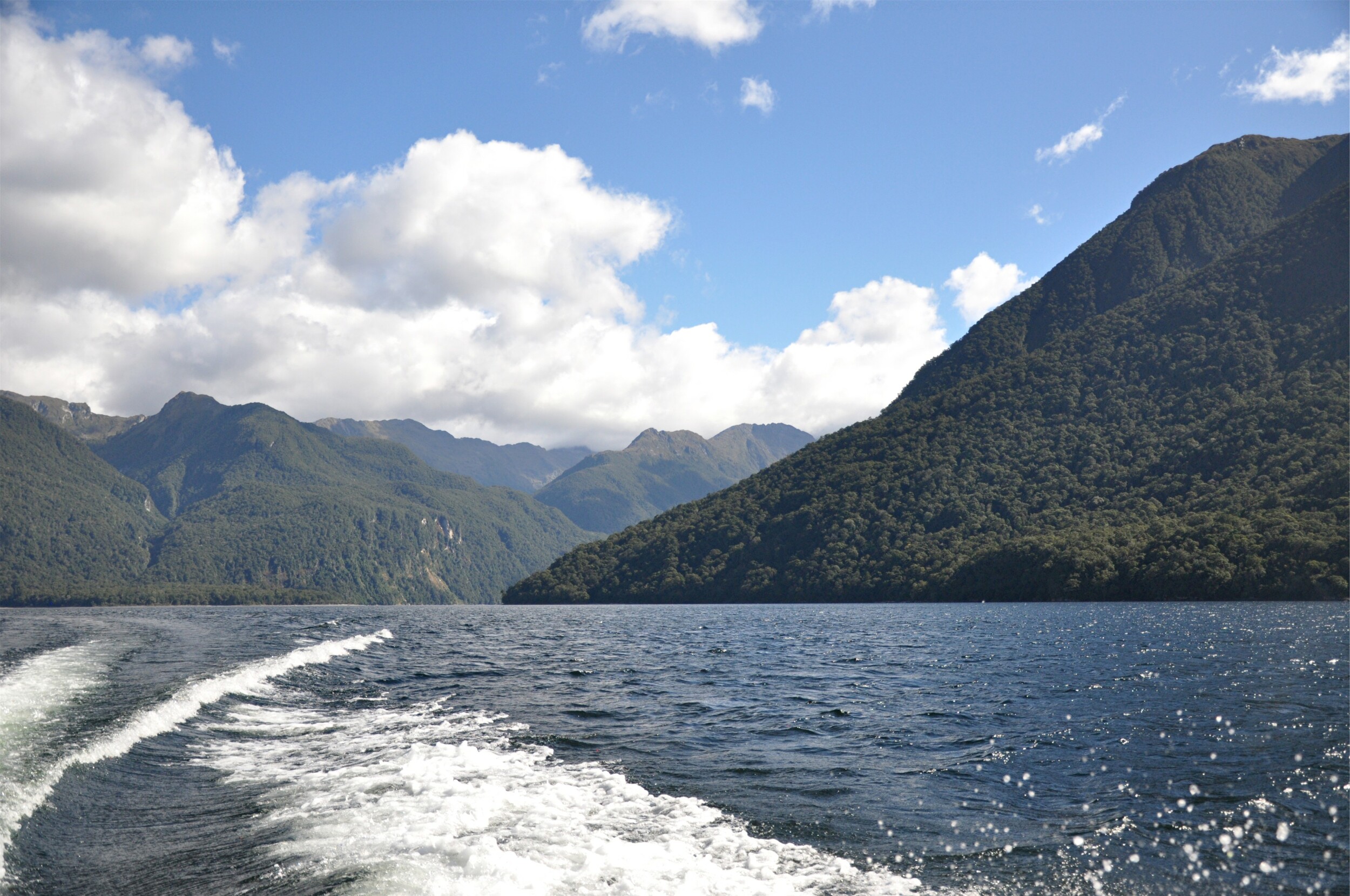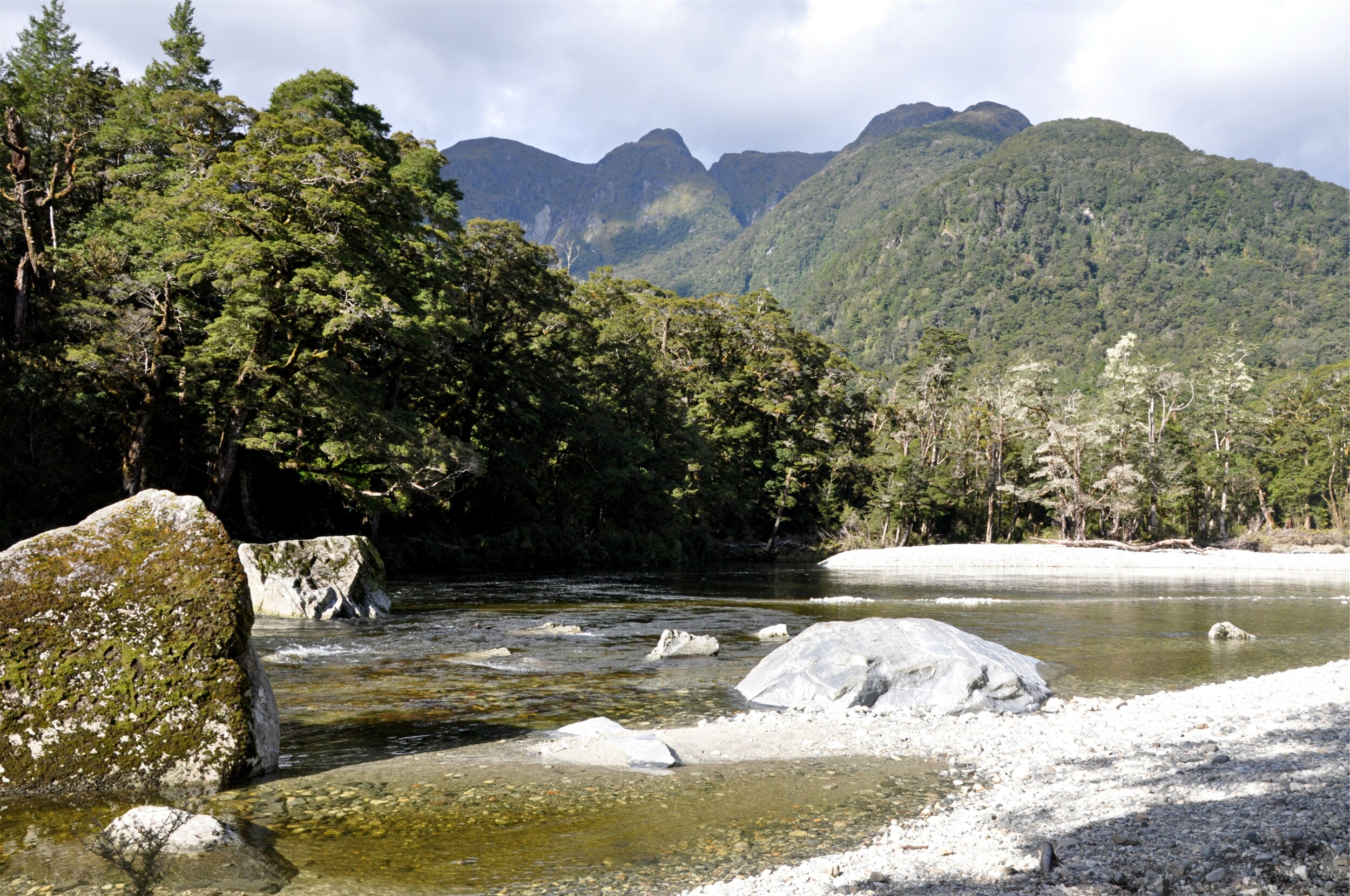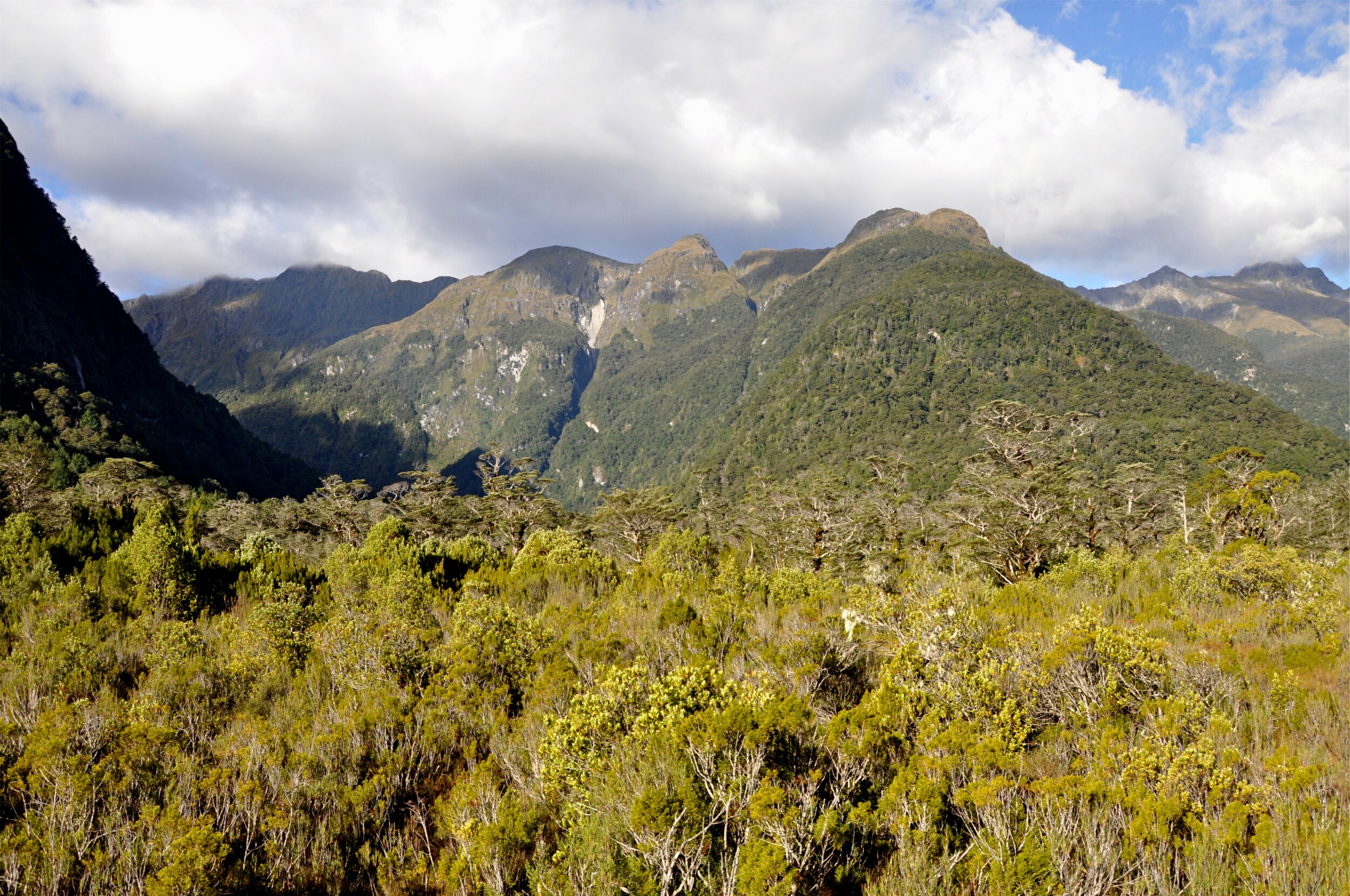Ever since the poet Blanche Baughan wrote an article in the London Spectator around a hundred years ago declaring the Milford Track to be ‘the finest walk in the world’ the popularity of this walk has continued to grow. Today, it is one of the ten ‘Great Walks’ in New Zealand, and unless you are willing to pay huge amounts of money for a private guided experience, you need to chance your luck to get once of just forty daily spots on the track.

Thanks to becoming quite familiar with the Department of Conservation’s booking system, the fewer numbers of international tourists and a good amount of luck, we were able to get our first choice of dates to hike the track over the Easter break. The only challenge is that in order to get these dates, we had to make our booking almost a year in advance, meaning that we had absolutely no idea what the weather would be like when we were actually set to walk the track.

The Milford Track is situated in the heart of Fiordland, and with average rainfall of over 6,800 mm, the odds of a dry trip weren’t high. We were at least lucky enough to start out with good weather. Unlike most of the other Great Walks, you need to start and end this track with a water taxi transfer. The wind blowing across Lake Te Anau as we took our boat shuttle over to the start of the track made for a very bumpy ride; but the views were mostly enough to distract me from the rough ride.

Arriving at Glade Wharf after an hour or so of bumping across the waves on the lake, I was very grateful to be back on dry land. The first day was just a short walk along the banks of the Clinton River, which was a nice way to stretch out our legs and get used to walking with our big rucksacks again.

We arrived at the hut in plenty of time to get settled and have afternoon tea before joining the ranger on a brilliant nature walk around the area. Other than the beautiful scenery, one of my favourite things about the Great Walks are the evening talks and nature walks that the hut wardens give.
This time we learnt about some edible plants in the area and got to taste snowberries and horopito. We had seen snowberries before, but never dared try them, but will definitely be keeping an eye out for them in the future as they will make a tasty addition to our breakfast oatmeal, or just a snack along the trail. Horopito, was a little more of an acquired taste, but would certainly add a spicy, peppery kick to any meal!

The ranger also talked about the flooding that had occurred along this track in early February last year. Although heavy rains are not uncommon in the area, this storm saw one tenth of the area’s average annual rainfall in just three days.
Despite having a system of rain gauges and weather monitoring systems, the ranger mentioned that they often use specific rocks in the river as a guide to indicate whether or not the track further up the valley will be passable. As we looked out over the river it was hard to imagine the volume of water that would need to fall to submerge all of the large boulders. The good news for us was that the river levels were low and so we would be able to proceed up the valley the next day.
